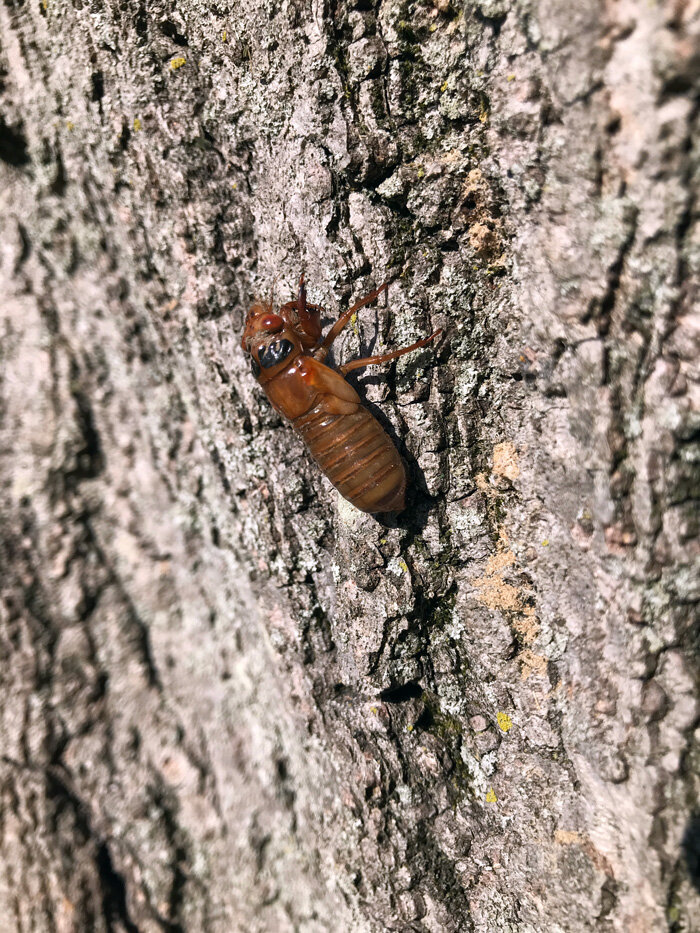Food Bytes is a weekly blog post of “nibbles” of information on all things food and nutrition science, policy and culture.
Indeed, it has been a while. One would have thought that the COVID-19 pandemic would have made me more productive—there is so much to blog about! Alas, for some of us, we’re okay going “underground” so to speak.
Speaking of underground, cicadas have emerged—the Broods (X) are back after a 17-year slumber. What does that have to do with the pandemic? Well, everything and nothing. My guest blogger and better half went hunting to cook some up. And let me tell ya, they are scrumptious. Truly. I too spoke about them on NPR and CNN.
COVID-19 has us not only experimenting with grubs but has upended our entire lifestyle. This NY Times piece argues that as we emerge from a year ++ of inactivity and less than normal eating patterns, we do not have to give in to all the diet fads that companies want you so badly to believe and buy. The video is quite thoughtful.
So many podcasts on food…but I like Point of Origin. This one, on “food apartheid” as opposed to “food desert” is particularly interesting.
Speaking of podcasts, I am pretty excited about my book that is coming out on June 22: Can Fixing Dinner Fix the Planet? I spoke to Jeremy Cherfast of Eat This Podcast about the book and fixing our food systems.
The UN Food Systems Summit is gearing up for better and for worse. There is a lot of chatter, dialoguing, planning, and writing on the peripheries. Corinna Hawkes, my go-to on all things food systems, has been keeping up her blog sharing gems of thoughts on leadership, inclusion, and what it means to truly change food systems around the world.
Some other random media nuggets that caught my eye this past week or so:
NYT questions the measurement of Body Mass Index. It’s about time…
Inspiring article in Mother Jones about black farmers reclaiming land that is rightfully theirs.
Mark Bittman has written another book and this one hits hard at the U.S. food system. Always provocative, here are some of his thoughts on what needs to change. Alice Waters weighs in too.
Should we have a scientific body that weighs the evidence on food systems? Some say no. Why? Because it already exists. Yes, it does but it needs help…
We cannot end any Food Byte edition without highlighting some of the fantastic science being generated on all things food. Here are a few gems:
Animal source foods reduced stunting in young children in Bangladesh and Nepal. Nature Food.
A modeling exercise looked at the cost-effectiveness of food programs on saving children’s lives. Bottom line, they make an impact. Global Food Security.
A call to action for a one-health approach to avoid future land use-induced spillover events. Lancet Planetary Health.
Interesting perspective of pastoralists and another piece on their resilience. One Earth and Aeon.
You say you want a food systems data revolution? Well, think again. Sustainability.
While food systems could address disability-adjusted life years due to chronic hunger, population pressure and climate change will make it much worse, particularly for sub-Saharan Africa. American Journal of Clinical Nutrition.
And that’s all she wrote folks. See you soon.




